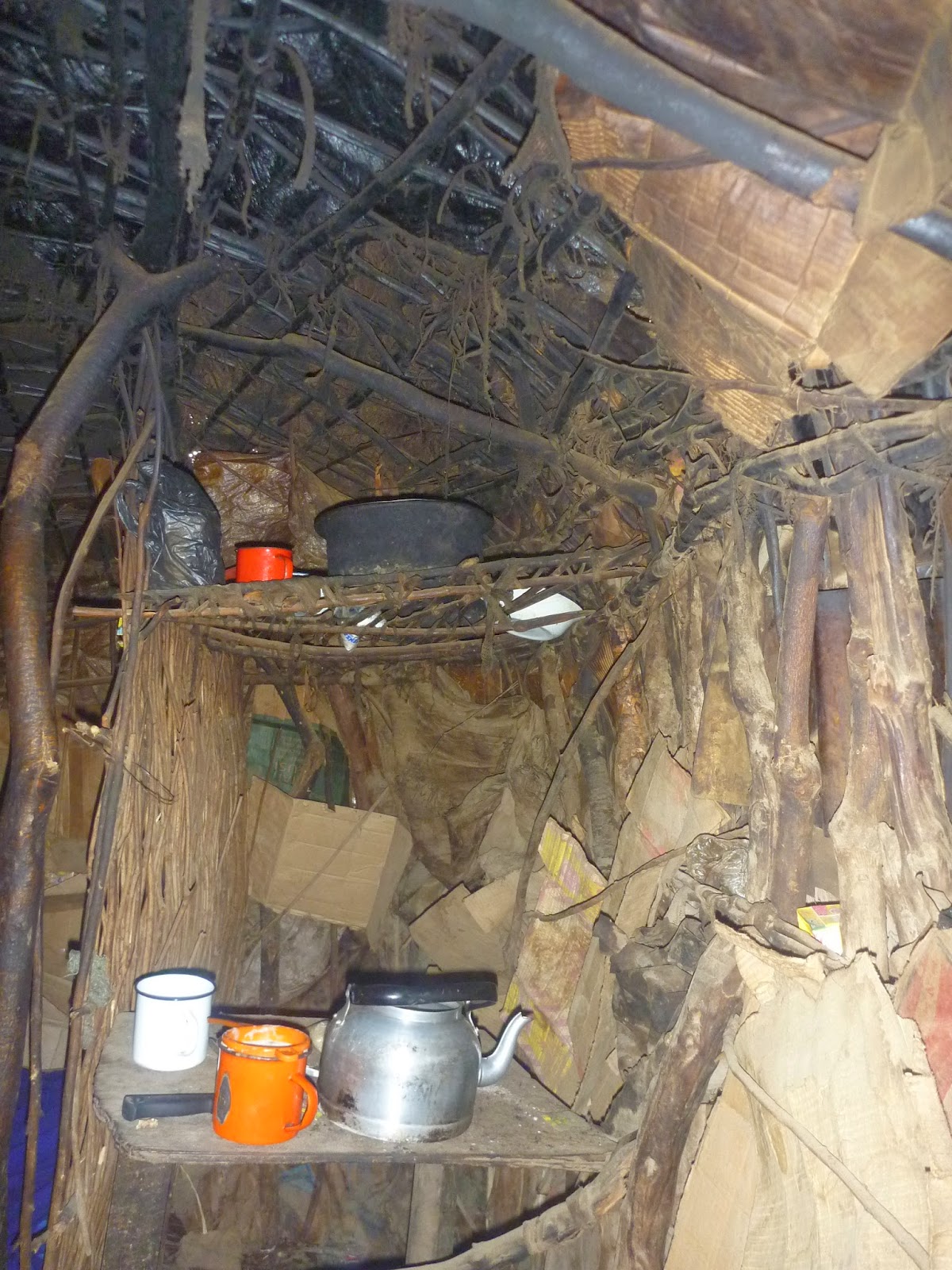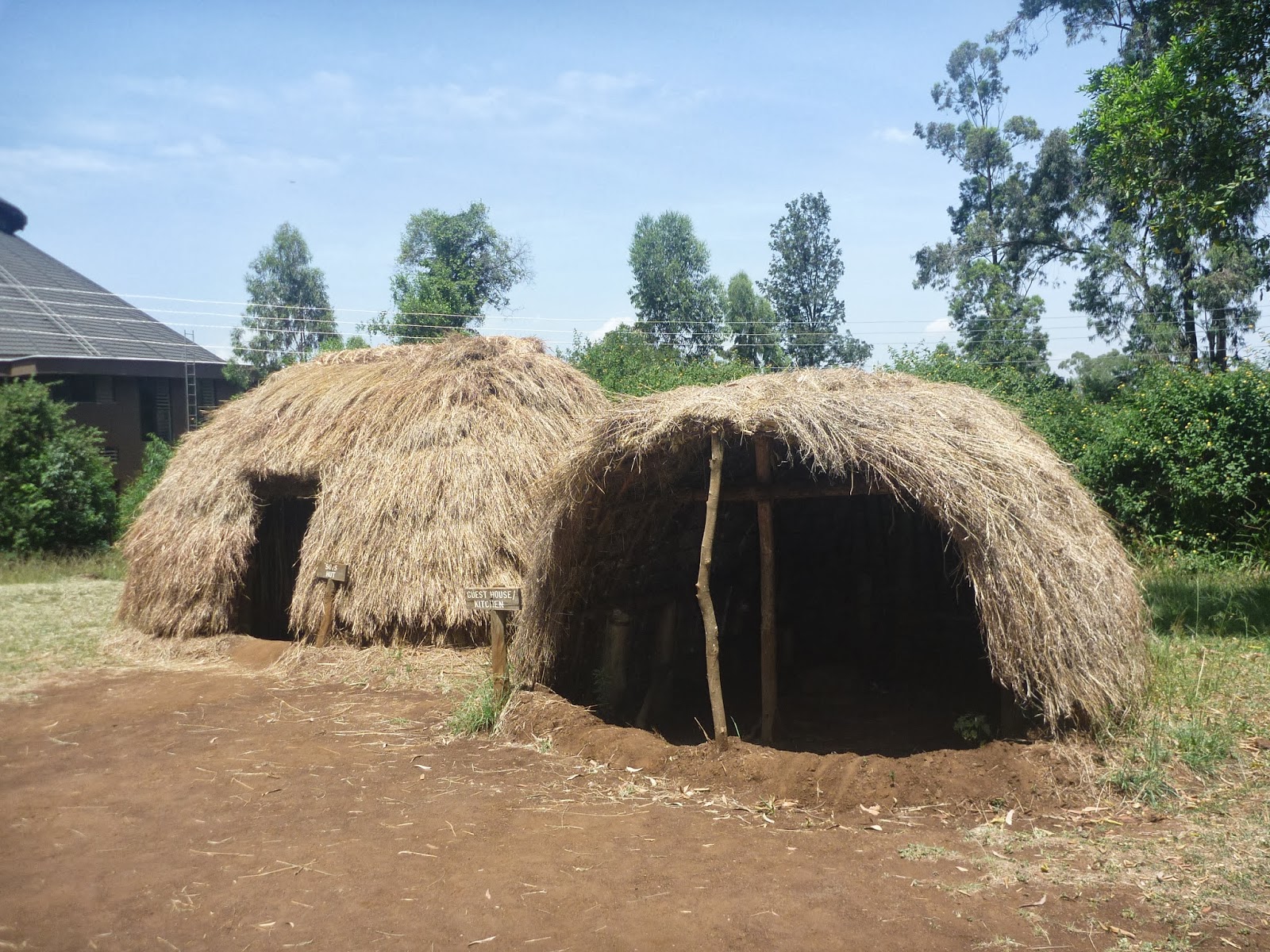Best thing about traveling outside the country…the people
During my international travels I enjoy escaping the tourist
trappings and having the chance to learn about the people and their local culture. Most of my time in Tanzania was spent with
tour operators out of necessity which limited the type and amount of
interactions, but while in Kenya and Ethiopia I took advantage of traveling
independently and engaged in fascinating conversations.
Elegance of the Maasai
The semi nomadic Maasai people were familiar sights as we
traveled throughout the countryside of Tanzania and Kenya. They have special
permission to live in the Tanzanian Ngorongoro Conservation area and allow their
cattle, goats, sheep and donkeys to graze on the land. In recent years the government implemented laws that
mandate all children attend school but it is not unusual to see young children
moving the animals to greener pastures.
Many marriages of the Maasai in rural areas take place at a very young age, girls get married around 12-14 years old and boys pay a dowry when they are about 14-16yrs. Most men are encouraged to be married by age 24.
We stopped at a small Maasai village outside of the Serengeti in Tanzania. The chief’s son who was educated in Arusha led a tour of the village after a welcome dance ceremony in which I participated. Yes, these guys "Ladies" can "jump".
The Children
The kids were adorable. Children attend class in the local village until they are old enough to go to the city to attend and graduate from school. Because the children are responsible for taking care of the animals they take turns attending class. While we were there they demonstrated that they have learned some English and can perform some math equations.
 |
| School House |
The huts are small and consist of three rooms. The kitchen, the parents rooms and the kids room separated by twigs.
 |
| Parents Bathroom |
 |
| Kitchen |
Other Tanzanians
Between Arusha and the Serengeti is a small town called Karatu where we changed a flat tire. A man stopped and helped changed the tire which was very difficult to get off. In addition to politics Tanzanians in this part of the country seemed to like fashion.


Near the edge of Arusha there is an organization under large beautiful acacia trees that support disabled people called Shanga (beads). The artwork displayed and sold is created by those who are deaf, blind or suffering some other disability. We had Tanzanian and American food on the lovely grounds. The bead, glass and other artwork is amazing.
 |
| Arusha Market |
 |
| Serengeti Park w/Marabu Storks |
Ethiopians
 |
| Wedding Procession |
Ethiopian people seemed to love to discuss politics, business and current events. I had pleasant conversation with an Israeli gentleman who was working in Ethiopia as a government official. My conversation with members of the South Sudanese reconciliation delegation was the most interesting. It was very difficult to hear about the dangers they were experiencing but they maintained hope and persistence to live in peace.
There is a major difference between those who live in urban areas and those from the country side. In Tanzania, those in rural areas marry earlier than those in the city and I was lucky enough to see two wedding processions. I was told that weddings usually take place during the week after the harvest.
It was also refreshing to see Ethiopian owed and operated businesses which wasn't the case in Tanzania where many of them are owned by those from India.

Traveling in Ethiopia is affordable. A visa that can be purchased at the border for only $20 and food is cheap. My lunch from a small grocery store was only $2.50 (freshly made sandwich, chips and coke) and dinner at a hotel restaurant for about $6, much much cheaper than Tanzania! Hotels were around $25-$50 for a decent and clean place. They don't like to take credit cards but if you are really nice to them they will accept them with a surcharge. Transportation is the biggest expense but still reasonable, flights if you purchase in advance.
Travel to Tanzania is much more expensive because of the Safaris and outdoor trekking sports but the food is great. If you fly in directly from the US you don't need the yellow fever shot but if you come over land or from another country you may be asked for the yellow fever certificate. Visas can be purchased at your point of entry for $50 US clean crisp bills 2009 and newer only.
 |
| Me and the Chief's son |
















































